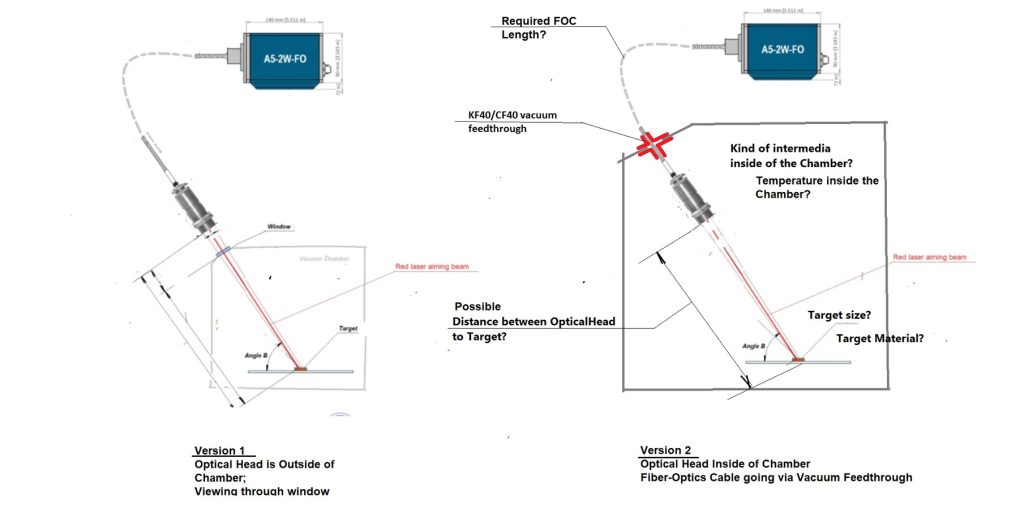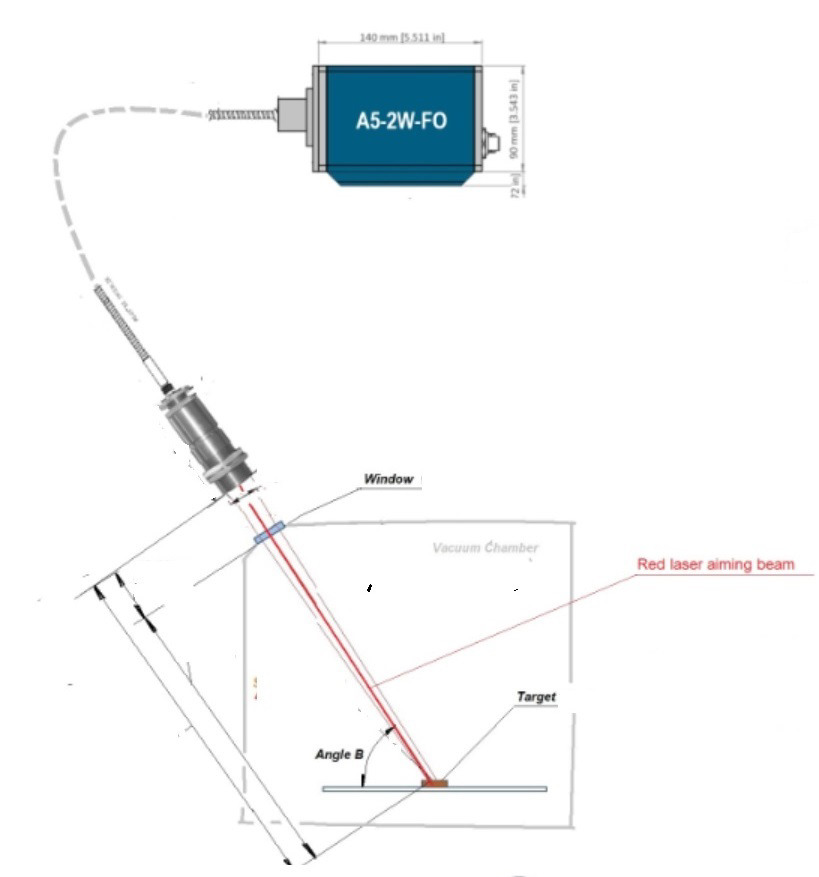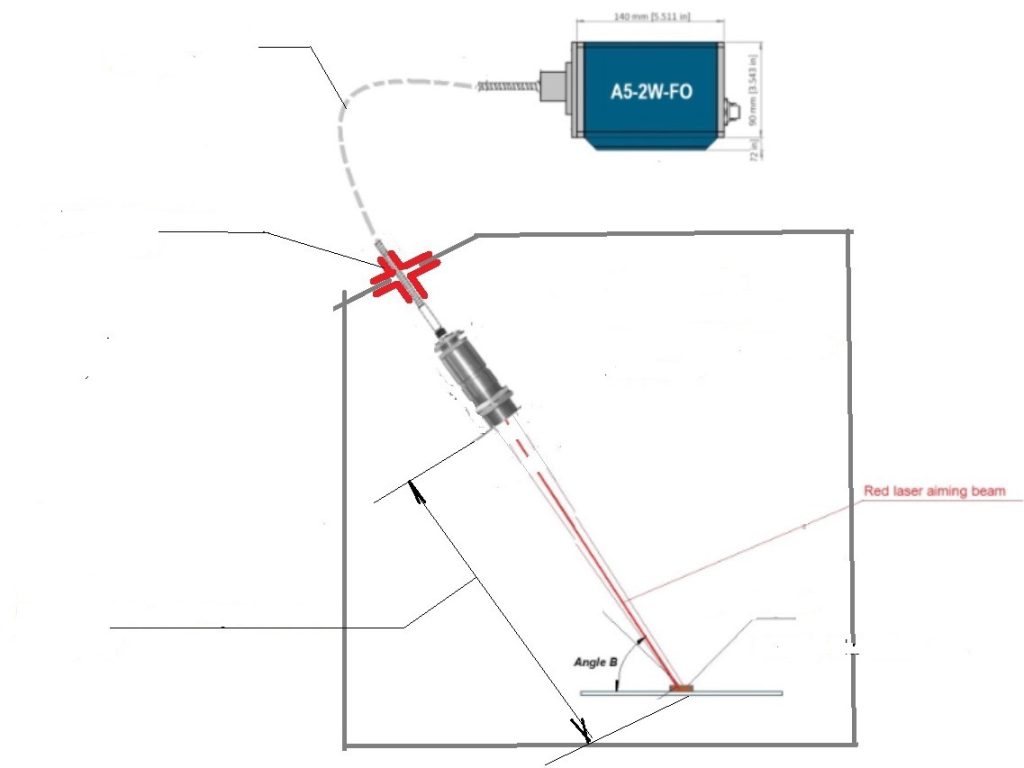Engineering Consultation: Custom Dual-Wavelength Pyrometer for Vacuum Applications
In this guide, we follow up on a real-world engineering consultation involving a dual-wavelength pyrometer project led by Accurate Sensors Technologies’ senior applications expert. The client required a custom solution capable of measuring temperatures up to 2200 °C in a vacuum chamber, with specific installation constraints and optical specifications.
Table of Contents
Why Accurate Temperature Measurement Matters in Vacuum Environments
Vacuum chambers introduce unique challenges for infrared measurement: spectral interference, restricted optical access, and the need for compact, non-intrusive sensor designs. Accurate pyrometer integration is essential for high-temperature applications such as advanced materials research, semiconductor processing, or metallurgy under vacuum—where direct thermal contact is impossible and precise non-contact readings are vital for process stability and product integrity.

Key Requirements from the Client
- Measurement Range: Up to 2200°C
- Technology: Dual-wavelength infrared pyrometer
- Installation: Requires KF40/CF40 vacuum feedthrough
- Focus Size: Between 5 mm and 10 mm
- Sensor Type: Fiber optic configuration
Expert Review and Engineering Considerations
- Optical Installation Configurations
Our application engineer analyzed two possible installation approaches based on the provided chamber layout:
Version 1 – External Optical Head (through a window):
- Pyrometer remains outside the vacuum chambe
- Observes the target via a dedicated infrared-transparent window
- Advantage: Easy maintenance, no vacuum penetration by optical head
- Consideration: Window material must be transparent in the pyrometer’s spectral range

Version 2 – Internal Optical Head (inside chamber):
- Optical head is mounted inside the vacuum chamber
- Direct line-of-sight to the target
- Requires KF40/CF40 feedthrough for fiber cable
- Advantage: No transmission loss through a window
- Consideration: Head must be vacuum compatible and resistant to chamber environment

- Focus Spot Size vs. Working Distance
- The client specified a focus size between 5 mm and 10 mm.
- Our team highlights the need to clarify the working distance (distance from the sensor to the target) to validate whether the optics can achieve this spot size accurately.
- Misalignment at close focus distances can result in partial spot coverage, leading to signal degradation or inaccurate readings.
- 3. Importance of Defining Minimum Temperature (Tmin)
- While the client specified a maximum of 2200°C, the minimum temperature (Tmin) is crucial to finalize the spectral range and optimize the dual-wavelength detection.
- If Tmin is significantly lower (e.g., <700°C), the pyrometer must be configured to provide stable readings even in low signal scenarios, especially through semi-transparent environments within the chamber.
Watch: Custom Dual-Wavelength Pyrometer Design – Engineering Analysis for High-Temp Vacuum Applications
Summary & Recommendations
To develop the optimal solution, our expert recommends:
- Confirming the exact target size and working distance
- Clarifying whether a windowed or in-vacuum installation is preferred
- Specifying Tmin in addition to Tmax
- Reviewing environmental conditions inside the chamber (e.g., pressure, gas type) that may influence spectral transmission
This case demonstrates the importance of collaborative customization in high-temperature, high-precision applications—and how AST’s engineering team works side-by-side with clients to deliver tailored solutions.

